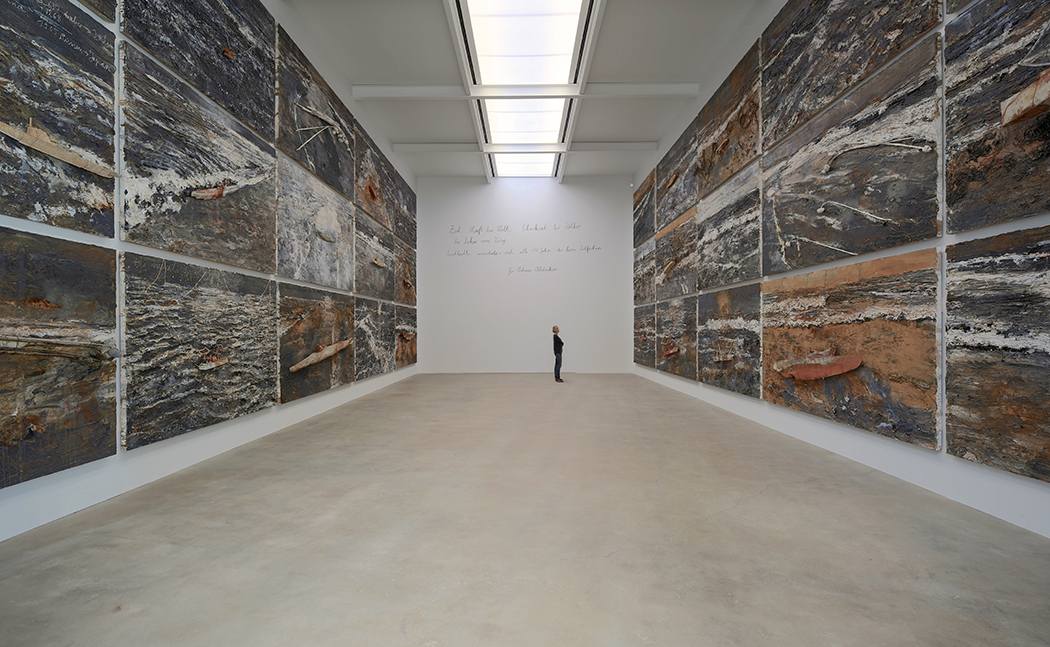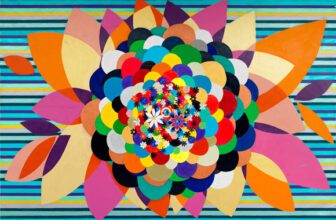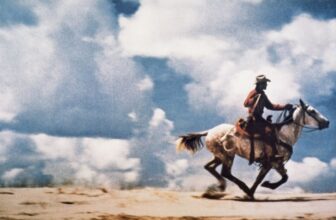
What Was Anselm Kiefer Known For
In the vast, textured universe of contemporary art, few figures loom as large, both literally and metaphorically, as Anselm Kiefer. Born in 1945, in the charred aftermath of World War II, Kiefer emerged as one of the most powerful voices in postwar art, confronting history, mythology, trauma, and identity with a fierce honesty and an unmistakable visual language.
Kiefer’s art isn’t easy. It doesn’t offer tidy resolutions or aesthetic comfort. Instead, it confronts the viewer with the weight of collective memory, the ruins of Western civilization, and the metaphysical search for meaning in a fractured world. Yet, in the very bleakness of his canvases and sculptures lies a strange, raw beauty, a poetics of devastation that has made him one of the most revered artists of the 20th and 21st centuries.
Anselm Kiefer is best known for his monumental works that address the complexities of German history, particularly the legacy of the Holocaust and World War II. At a time when many in Germany were unwilling to speak of the past, Kiefer forced the conversation into the open. His early work featured himself in Nazi salutes (in the controversial 1969 photo series Occupations), not to glorify fascism but to confront its specter and expose its lingering influence in the collective consciousness.
Beyond politics, Kiefer is also known for his intellectual depth. His work draws from a vast range of sources: German mythology, alchemy, Kabbalah, literature, theology, and cosmology. Poets like Paul Celan and Ingeborg Bachmann, philosophers like Heidegger, and mystical texts like the Sefer Yetzirah often find visual expression in his layered, symbolic canvases.
How Does Anselm Kiefer Make His Artwork?
To understand Kiefer’s creative process is to step into a world that blurs the boundaries between painting, sculpture, architecture, and performance. His work is not simply painted, it is constructed, weathered, and transformed through time and material experimentation.
Kiefer is famous for his use of unconventional, often organic materials. These include:
Lead – a toxic, heavy metal used for its alchemical and symbolic weight
Ash, straw, and clay
Concrete and plaster
Charred wood
Sand, resin, and glass
Dried flowers, seeds, and burned books
He often builds large, relief-like surfaces and then sets them on fire, buries them, or exposes them to the elements, allowing decay to become part of the artwork’s formation. Kiefer’s studio practice is akin to ritualistic alchemy: materials are broken down, transformed, and elevated. In this way, he seeks not only to represent trauma or rebirth, but to enact it materially on the canvas itself.
Kiefer has said:
“Ruins, for me, are the beginning. With the debris, you can construct new ideas. They are symbols of a beginning.”
What Art Style is Anselm Kiefer Associated With?
While Kiefer defies easy categorization, he is broadly associated with Neo-Expressionism, a movement that emerged in the late 1970s and early 1980s. Neo-Expressionist artists are known for their emotional intensity, rough brushwork, vivid colors, and return to figurative imagery, all as a counterpoint to the conceptual and minimal art that dominated the previous decade.
However, Kiefer’s work extends beyond the traditional bounds of this label. His paintings, often so thick and textural that they become sculptural, are steeped in symbolism and historical narrative. In this sense, his work also aligns with:
Conceptual Art – due to its intellectual underpinning and engagement with ideas.
Arte Povera – in its use of humble, “poor” materials to express philosophical ideas.
Postmodernism – through its interrogation of historical truth, myth, and memory.
Kiefer stands alone as a mythopoetic artist, forging an idiosyncratic path between painting, sculpture, installation, and performance, all guided by an intensely philosophical approach.
Famous Anselm Kiefer Artworks
Among Kiefer’s many celebrated works, a few stand out as landmarks in his career:
1. “Margarethe” (1981) and “Sulamith” (1983)
Inspired by Paul Celan’s poem “Death Fugue,” these two paintings are haunting visual twins, one evoking the blonde Margarete (symbol of the Aryan ideal), the other the black-haired Sulamith (representing Jewish victims). Margarethe uses straw on a white, ashen canvas; Sulamith is dark, charred, and heavy with burnt texture. Together, they encapsulate the duality of memory and loss in Holocaust remembrance.
2. “The Orders of the Night” (1996)
This iconic painting shows Kiefer himself lying down in a desolate, star-filled landscape. With allusions to astrology and cosmology, it meditates on human insignificance and the search for meaning in the cosmos.
3. “Breaking of the Vessels” (1990)
This towering sculpture, made of lead books, glass shards, and iron, references the Kabbalistic notion of Tzimtzum, a cosmic catastrophe wherein divine vessels shattered, scattering divine sparks throughout the world. It is a powerful metaphor for brokenness, loss, and the possibility of repair.
4. “Palm Sunday” (2006)
A large installation featuring a real palm tree, books made of lead, and glass vitrine, a meditation on death, resurrection, and cyclical history.
5. “Ages of the World” (2014)
Exhibited at the Royal Academy in London, this installation layers sedimentary mounds of canvas, ash, books, and detritus, creating a stratified metaphor of geological and human history.
How Many Artworks Does Anselm Kiefer Have?
It’s difficult to count exactly how many works Anselm Kiefer has created due to the vast scale of his practice, and the fact that many of his pieces exist as multi-part installations or evolving bodies of work. However, public and private collections around the world house hundreds of his pieces.
Major museums such as:
The Museum of Modern Art (MoMA), New York
The Guggenheim Museum
The Tate Modern, London
The Centre Pompidou, Paris
The Broad, Los Angeles
The Art Institute of Chicago
…all feature Kiefer’s works prominently. His career spans more than five decades, and his output includes:
Large-scale paintings
Sculptural installations
Artist books (often made of lead)
Works on paper and photography
In total, it’s estimated he has created well over 1,000 unique works, many of them monumental in size and ambition.
Where is Anselm Kiefer’s Artwork Located?
Kiefer’s artworks are held and displayed across major international institutions, galleries, and public spaces. Some key locations include:
Museums & Public Collections
Guggenheim Museum, New York – Several key paintings and installations.
Tate Modern, London – Home to works like Lilith and Palm Sunday.
Centre Pompidou, Paris – Features early and mid-career works.
Fondation Anselm Kiefer at La Ribaute, Barjac, France – A sprawling 40-hectare studio complex where Kiefer lived and worked for decades. It includes underground tunnels, towers, and installations that are themselves artworks. It was acquired by the Eschaton Foundation to preserve and exhibit Kiefer’s legacy.
White Cube Gallery, London and Hong Kong – Represents Kiefer commercially and regularly exhibits his work.
The Broad Museum, Los Angeles – Holds The Secret Life of Plants, among others.
Kiefer also has a newer studio in Croissy-Beaubourg, near Paris, where he continues to work on monumental projects.
How Much Does Anselm Kiefer Artwork Cost?
The price of Anselm Kiefer’s artworks varies greatly depending on the size, medium, and period. However, he is considered one of the most valuable living artists in the world.
Auction Prices
In 2011, his painting To the Unknown Painter (1983) sold at Christie’s for $3.6 million.
Other large-scale pieces have fetched prices between $1 million to $4 million at auction.
Smaller works, such as works on paper or lead books, can range from $100,000 to $500,000.
Gallery Sales
Major galleries like White Cube and Gagosian typically offer Kiefer’s large installations in the multi-million dollar range, with some works reportedly exceeding $10 million.
Artist Market Standing
Kiefer’s market is extremely strong, especially among blue-chip collectors and institutions. Given his stature, any major work by Kiefer entering the market is a major event in the art world.
A Monumental Vision
Anselm Kiefer’s work is an act of remembrance, resurrection, and reckoning. He doesn’t offer neat conclusions or escapism. Instead, he presents the past as a tangled, painful, yet inescapable thread running through our present.
His artworks are layered not just with material but with meaning, mythological, philosophical, historical, and deeply personal. Kiefer reminds us that to create is also to destroy, that in ruin there can be redemption, and that art, at its most powerful, can be a vessel for memory, truth, and transformation.
Whether you’re standing before a charred canvas in London, a leaden book in New York, or a rusted installation in the South of France, Kiefer’s message resonates: the past is never truly past, and only by confronting it can we begin again. image/wikimedia.org




